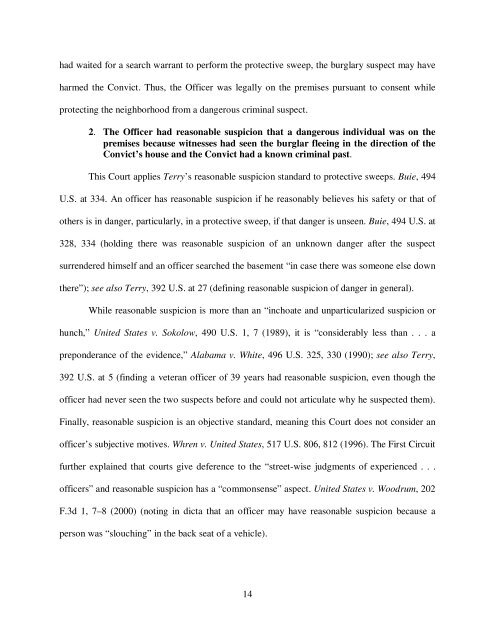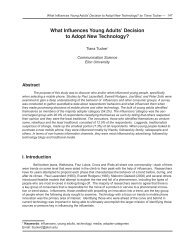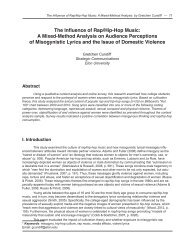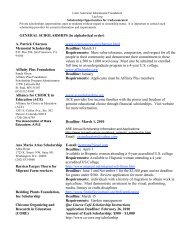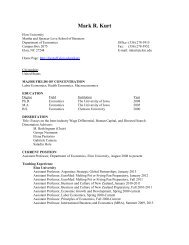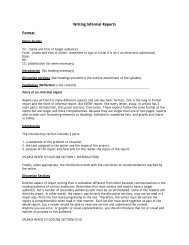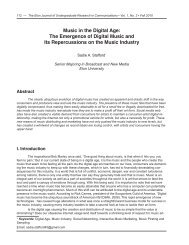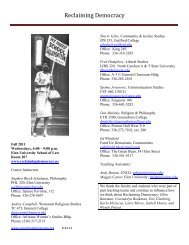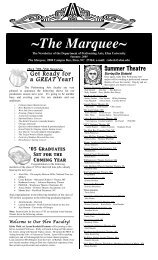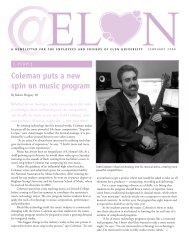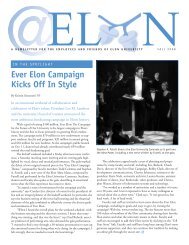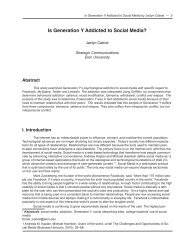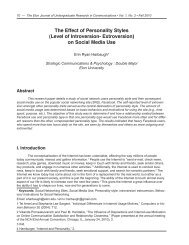In the Supreme Court of the United States In the Supreme Court of ...
In the Supreme Court of the United States In the Supreme Court of ...
In the Supreme Court of the United States In the Supreme Court of ...
You also want an ePaper? Increase the reach of your titles
YUMPU automatically turns print PDFs into web optimized ePapers that Google loves.
had waited for a search warrant to perform <strong>the</strong> protective sweep, <strong>the</strong> burglary suspect may have<br />
harmed <strong>the</strong> Convict. Thus, <strong>the</strong> Officer was legally on <strong>the</strong> premises pursuant to consent while<br />
protecting <strong>the</strong> neighborhood from a dangerous criminal suspect.<br />
2. The Officer had reasonable suspicion that a dangerous individual was on <strong>the</strong><br />
premises because witnesses had seen <strong>the</strong> burglar fleeing in <strong>the</strong> direction <strong>of</strong> <strong>the</strong><br />
Convict’s house and <strong>the</strong> Convict had a known criminal past.<br />
This <strong>Court</strong> applies Terry’s reasonable suspicion standard to protective sweeps. Buie, 494<br />
U.S. at 334. An <strong>of</strong>ficer has reasonable suspicion if he reasonably believes his safety or that <strong>of</strong><br />
o<strong>the</strong>rs is in danger, particularly, in a protective sweep, if that danger is unseen. Buie, 494 U.S. at<br />
328, 334 (holding <strong>the</strong>re was reasonable suspicion <strong>of</strong> an unknown danger after <strong>the</strong> suspect<br />
surrendered himself and an <strong>of</strong>ficer searched <strong>the</strong> basement “in case <strong>the</strong>re was someone else down<br />
<strong>the</strong>re”); see also Terry, 392 U.S. at 27 (defining reasonable suspicion <strong>of</strong> danger in general).<br />
While reasonable suspicion is more than an “inchoate and unparticularized suspicion or<br />
hunch,” <strong>United</strong> <strong>States</strong> v. Sokolow, 490 U.S. 1, 7 (1989), it is “considerably less than . . . a<br />
preponderance <strong>of</strong> <strong>the</strong> evidence,” Alabama v. White, 496 U.S. 325, 330 (1990); see also Terry,<br />
392 U.S. at 5 (finding a veteran <strong>of</strong>ficer <strong>of</strong> 39 years had reasonable suspicion, even though <strong>the</strong><br />
<strong>of</strong>ficer had never seen <strong>the</strong> two suspects before and could not articulate why he suspected <strong>the</strong>m).<br />
Finally, reasonable suspicion is an objective standard, meaning this <strong>Court</strong> does not consider an<br />
<strong>of</strong>ficer’s subjective motives. Whren v. <strong>United</strong> <strong>States</strong>, 517 U.S. 806, 812 (1996). The First Circuit<br />
fur<strong>the</strong>r explained that courts give deference to <strong>the</strong> “street-wise judgments <strong>of</strong> experienced . . .<br />
<strong>of</strong>ficers” and reasonable suspicion has a “commonsense” aspect. <strong>United</strong> <strong>States</strong> v. Woodrum, 202<br />
F.3d 1, 7–8 (2000) (noting in dicta that an <strong>of</strong>ficer may have reasonable suspicion because a<br />
person was “slouching” in <strong>the</strong> back seat <strong>of</strong> a vehicle).<br />
14


